利用Directshow开发源Filter
摘要:
我们一般不推荐自己开发音频或者视频捕捉过滤器,因为diectshow对于音视频的捕捉设备以经提供了支持。所以,这篇文档,对于某些用户需要从特定设备捕捉一些数据提供一些帮助。这篇文档主要包括以下内容。
1捕捉filter 对pin的要求
2如何完成一个预览pin
3如何产生源数据
1 对pin的要求Pin Requirements for Capture Filters
Pin的名字
你可以给你的filter起任何名字,如果你的pin的名字以~符号开头,那么当应用程序调用IGraphBuilder::RenderFile方法时,filter图表管理器不会自动render这个pin的。例如,如果一个filter具有一个捕捉pin和预览pin,相应的你给他们命名为”~Capture”和“Preview”。如果一个应用程序在graph中render这个filter ,那么预览pin就会自动和它缺省的render相连接,但是,capture pin上却不连接任何东西,这是一个合理的缺省行为。这个也可以应用到那些传输不准备被rendered数据的pin,也可以应用到需要属性设置的pin上。
注:名字中含有~符号的pin是可以手动连接的。
Pin的种类
一个捕捉filter通常用一个捕捉pin,也许还有一个预览pin。一些捕捉filter除了这两种pin之外还有其他的pin,用来传递其他的数据,例如控制信息。每一个输出pin都必须暴露IKsPropertySet接口,应用程序通过这些接口来判断pin的种类,pin一般都会返回PIN_CATEGORY_CAPTURE or PIN_CATEGORY_PREVIEW。下面的例子演示了一个捕捉pin如何通过IKsPropertySet来返回pin的种类
// Set: Cannot set any properties.
HRESULT CMyCapturePin::Set(REFGUID guidPropSet, DWORD dwID,
void *pInstanceData, DWORD cbInstanceData, void *pPropData,
DWORD cbPropData)
{
return E_NOTIMPL;
}
// Get: Return the pin category (our only property).
HRESULT CMyCapturePin::Get(
REFGUID guidPropSet, // Which property set.
DWORD dwPropID, // Which property in that set.
void *pInstanceData, // Instance data (ignore).
DWORD cbInstanceData, // Size of the instance data (ignore).
void *pPropData, // Buffer to receive the property data.
DWORD cbPropData, // Size of the buffer.
DWORD *pcbReturned // Return the size of the property.
)
{
if (guidPropSet != AMPROPSETID_Pin)
return E_PROP_SET_UNSUPPORTED;
if (dwPropID != AMPROPERTY_PIN_CATEGORY)
return E_PROP_ID_UNSUPPORTED;
if (pPropData == NULL && pcbReturned == NULL)
return E_POINTER;
if (pcbReturned)
*pcbReturned = sizeof(GUID);
if (pPropData == NULL) // Caller just wants to know the size.
return S_OK;
if (cbPropData < sizeof(GUID)) // The buffer is too small.
return E_UNEXPECTED;
*(GUID *)pPropData = PIN_CATEGORY_CAPTURE;
return S_OK;
}
// QuerySupported: Query whether the pin supports the specified property.
HRESULT CMyCapturePin::QuerySupported(REFGUID guidPropSet, DWORD dwPropID,
DWORD *pTypeSupport)
{
if (guidPropSet != AMPROPSETID_Pin)
return E_PROP_SET_UNSUPPORTED;
if (dwPropID != AMPROPERTY_PIN_CATEGORY)
return E_PROP_ID_UNSUPPORTED;
if (pTypeSupport)
// We support getting this property, but not setting it.
*pTypeSupport = KSPROPERTY_SUPPORT_GET;
return S_OK;
}
2如何完成一个预览pin Implementing a Preview Pin (Optional)
如果你的filter有一个预览pin,预览pin发送的数据是捕捉pin传递的数据的拷贝。预览pin发送的数据不会降低捕捉pin的桢率,捕捉pin比预览pin有优先权。
捕捉pin和预览pin必须发送一个相同格式的数据。这样,他们连接都是通过同一种媒体数据类型,如果捕捉pin先连接,预览pin应该提供相同的媒体类型,对于其他类型的数据媒体,则拒绝。如果预览pin先连接,然后,如果捕捉pin以另一种媒体类型和其他pin连接,那么预览pin就应该用新的媒体类型重新连接,如果和filter的预览pin连接的下游filter拒绝新的数据类型,捕捉pin应该拒绝新的媒体类型。可以通过IPin::QueryAccept方法察看filter的预览pin连接的下游filter连接的数据媒体,然后通过IFilterGraph::Reconnect方法重新连接pin。
这条规则也适用于图表管理器重新连接捕捉pin。
下面的代码大体上描述了上面的过程
// Override CBasePin::CheckMediaType.
CCapturePin::CheckMediaType(CMediaType *pmt)
{
if (m_pMyPreviewPin->IsConnected())
{
// The preview pin is already connected, so query the pin it is
// connected to. If the other pin rejects it, so do we.
hr = m_pMyPreviewPin->GetConnected()->QueryAccept(pmt);
if (hr != S_OK)
{
// The preview pin cannot reconnect with this media type.
return E_INVALIDARG;
}
// The preview pin will reconnect when SetMediaType is called.
}
// Decide whether the capture pin accepts the format.
BOOL fAcceptThisType = ... // (Not shown.)
return (fAcceptThisType? S_OK : E_FAIL);
}
// Override CBasePin::SetMediaType.
CCapturePin::SetMediaType(CMediaType *pmt);
{
if (m_pMyPreviewPin->IsConnected())
{
// The preview pin is already connected, so it must reconnect.
if (m_pMyPreviewPin->GetConnected()->QueryAccept(pmt) == S_OK)
{
// The downstream pin will accept the new type, so it''s safe
// to reconnect.
m_pFilter->m_pGraph->Reconnect(m_pMyPreviewPin);
}
else
{
return VFW_E_INVALIDMEDIATYPE;
}
}
// Now do anything that the capture pin needs to set the type.
hr = MyInternalSetMediaType(pmt);
// And finally, call the base-class method.
return CBasePin::SetMediaType(pmt);
}
CPreviewPin::CheckMediaType(CMediaType *pmt)
{
if (m_pMyCapturePin->IsConnected())
{
// The preview pin must connect with the same type.
CMediaType cmt = m_pMyCapturePin->m_mt;
return (*pmt == cmt ? S_OK : VFW_E_INVALIDMEDIATYPE);
}
// Decide whether the preview pin accepts the format. You can use your
// knowledge of which types the capture pin will accept. Regardless,
// when the capture pin connects, the preview pin will reconnect.
return (fAcceptThisType? S_OK : E_FAIL);
}
3在源filter中产生数据 Producing Data in a Capture Filter
状态改变
一个捕捉filter在运行时会产生数据流。当filter paused的时候,不要发送数据,并且此时,图表管理器调用CBaseFilter::GetState方法会返回VFW_S_CANT_CUE,这个返回值告诉图表管理器,filter 正处于paused状态,停止发送数据。下面的代码显示如何派生GetState方法
CMyVidcapFilter::GetState(DWORD dw, FILTER_STATE *pState)
{
CheckPointer(pState, E_POINTER);
*pState = m_State;
if (m_State == State_Paused)
return VFW_S_CANT_CUE;
else
return S_OK;
}
控制不同的数据流
一个捕捉filter应该支持IAMStreamControl接口,因此应用程序应该分别的打开和关闭每一个pin,例如,一个应用程序可以只预览而没有捕捉,然后可以转换到捕捉模式不用重新构建grap***表。你可以通过CBaseStreamControl类来实现这个接口
时间戳
当一个filter捕捉了一个sample,将在每一个sample上标上一个当前时间的时间戳。结束时间是开始时间加上持续时间。例如,如果一个filter每秒捕捉十个sample,and the stream time is 200,000,000 units when the filter captures the sample, the time stamps should be 200000000 and 201000000. (There are 10,000,000 units per second.) 可以通过IReferenceClock::GetTime方法获得当前的参考时间,通过IMediaSample::SetTime给sample设置时间戳。
相连的sample上的时间戳必须是递增的,即使filter pauses也是这样,如果一个filter运行,停止,然后又运行,重新开始后产生的sample上的时间戳必须比停止前的sample上的时间戳要大一些。
预览pin上的sample没有时间戳,但是,预览pin一般比捕捉pin到达render pin稍晚,因此,render filter将预览pin上的sample视作迟到的sample,为了赶上其他的时间进度,也许会丢失一些数据。
| 欢迎访问最专业的网吧论坛,无盘论坛,网吧经营,网咖管理,网吧专业论坛
https://bbs.txwb.com
关注天下网吧微信/下载天下网吧APP/天下网吧小程序,一起来超精彩
|
本文来源:vczx 作者:佚名





 天下网吧 网吧天下
天下网吧 网吧天下

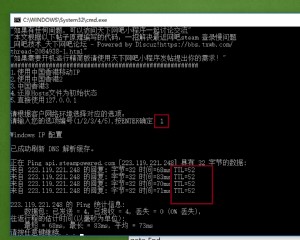

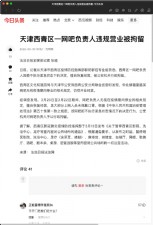
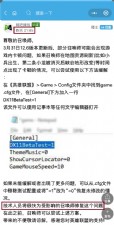

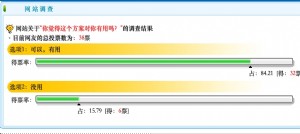
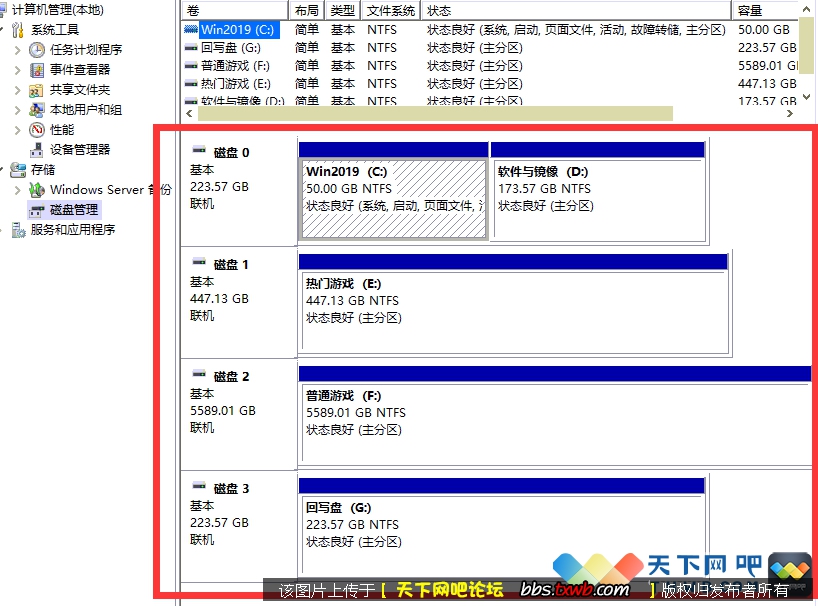

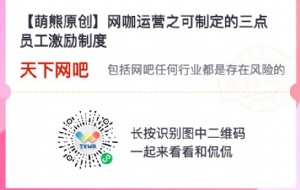
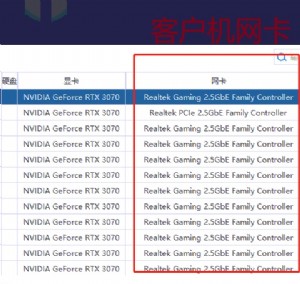


 闽公网安备35010202000238号
闽公网安备35010202000238号
